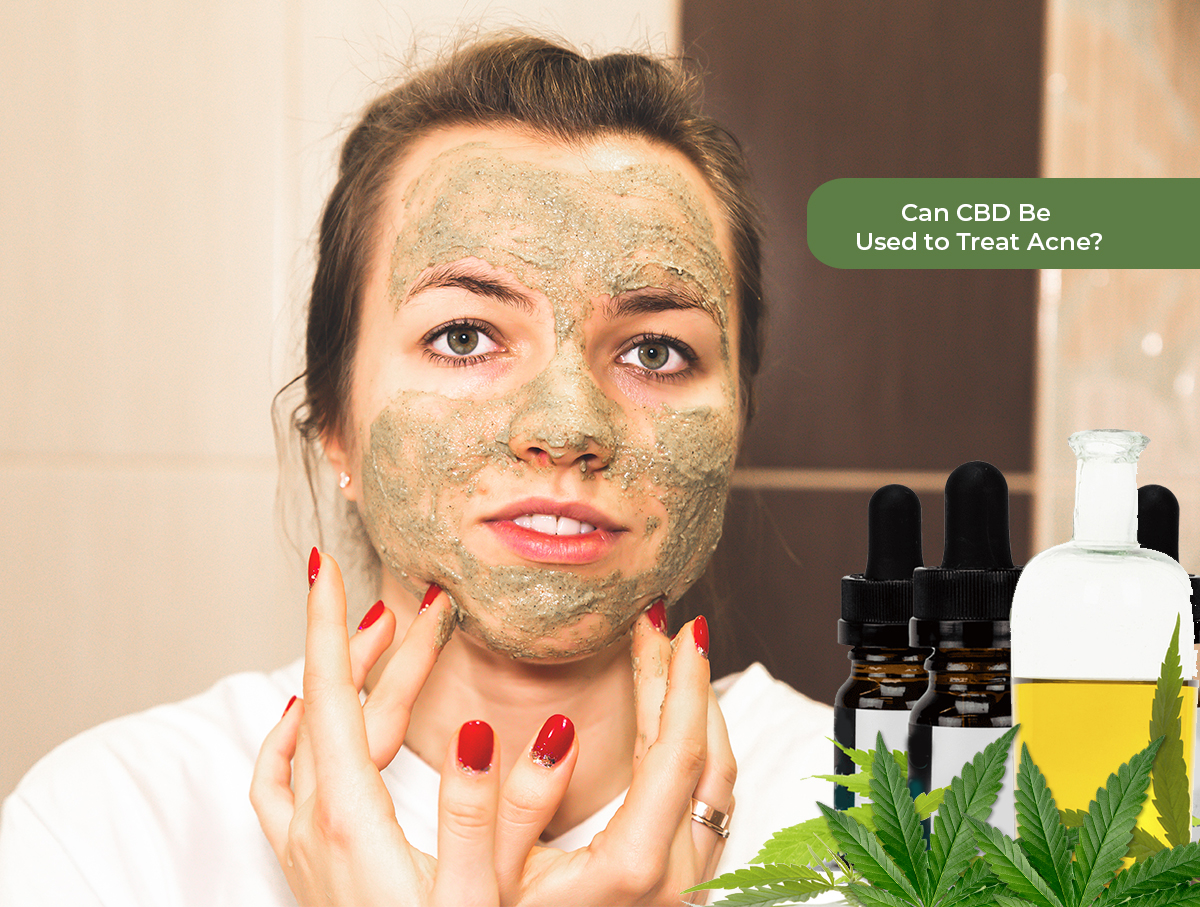According to the American Academy of Dermatology, acne is considered to be the most common skin condition in the United States. Acne can be classified into two types namely- non-inflammatory acne and inflammatory acne.
Non-inflammatory acne:
White heads or closed comedones: When dead skin cells or sebum clogs a pore, it forms a whitehead. White heads are typically tiny protruding forms of acne, generally noticeable on the face. They don’t necessarily come in groups and are usually single pores that are closed. Unlike black heads, white heads are clogged all over, including in the middle or top of the pore.
Black heads or open comedones: Black heads occur when dead skin cells or sebum closes a pore. Unlike white heads, black heads are open on the top of the pore. The majorly noticeable difference between the two is that white heads are white in colour and black heads are black.
Inflammatory acne:
Pimples: The most common kind of acne that’s not only painful, but also very noticeable is a pimple. Even though it is most common during teenage years, one does have to face a pimple every now and then even when they grow older. Like black and white heads, pimples are also blocked pores caused by sebum and dead skin cells. However, a major contribution to a pimple which differentiates it from white heads and black heads, apart from its appearance is the fact that it can be caused to a bacterial infection.
That’s why, a lot of people recommend those with pimples, not to touch pimples and then touch other parts of your body since it can spread very easily. If you do touch your pimple, you must immediately wash your hands after.
Papules: Severe inflammation can cause the walls around your pores to break down, causing sensitive skin (on the area affected) and redness. These are called papules.
Pustules: Pustules occur in the same way that papules do, but the only major difference is that they are filled with pus.
Nodules: Nodules also occur due to clogged pores and infections, and are similar to papules and pustules. However, they occur way deeper into the skin in comparison to the above two types.
Cysts: A combination of dead skin cells, sebum and bacterial infections, cysts occur even deeper underneath the skin than nodules do.
CBD for Acne
CBD is well-known to have anti-inflammatory and anti-bacterial properties. Therefore, CBD can be used to treat inflammatory acne types, like pimples, papules, pustules, nodules and cysts. CBD is also a more natural form of remedy as compared to other creams and lotions that are made chemically. If one does want to treat acne in a natural way, CBD can make for a good option. However, if your acne is extreme and very severe, you must consult a dermatologist in order to understand what kind of medicine or cream you should purchase in order to get rid of it.
CBD may not be a permanent solution to the treatment of your acne; however, it does reduce existing acne problems.
What Form of CBD Should I Choose to Treat My Acne?
The best way to treat your acne with CBD is to buy a CBD cream or lotion. All you have to do is squeeze a decent amount out, pat it on top of your skin on the affected area, and gently massage it using your fingertips. It’s antibacterial and anti-inflammatory properties shall help your skin heal in a few days.

